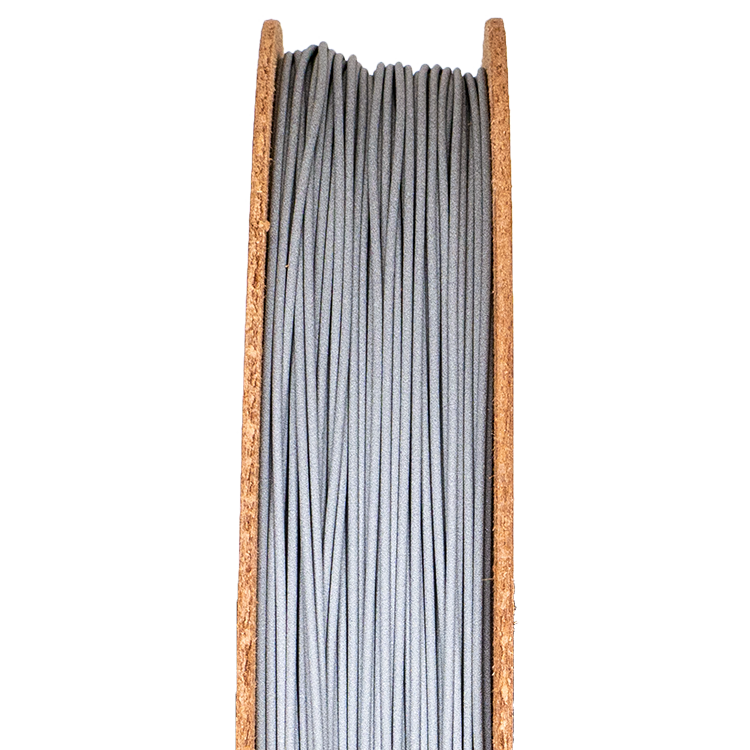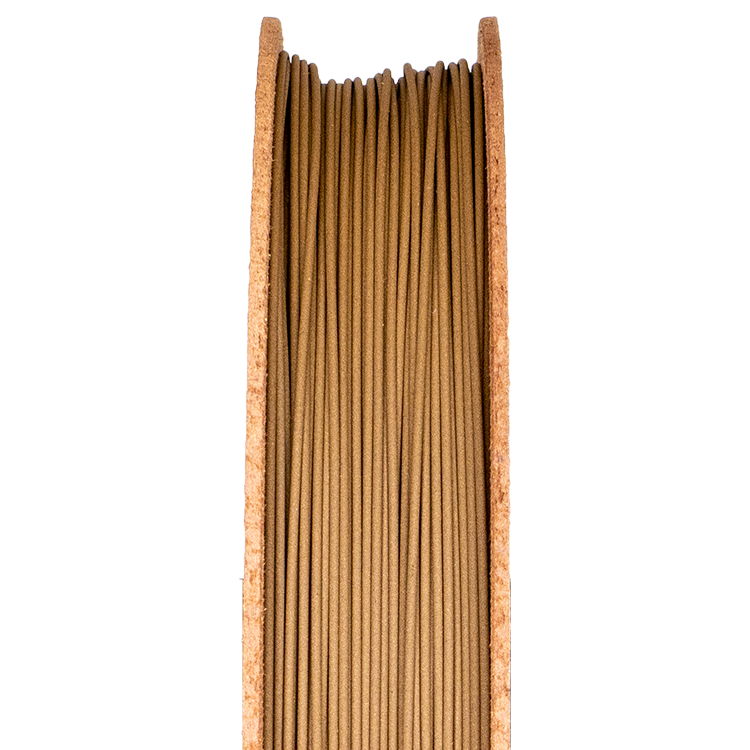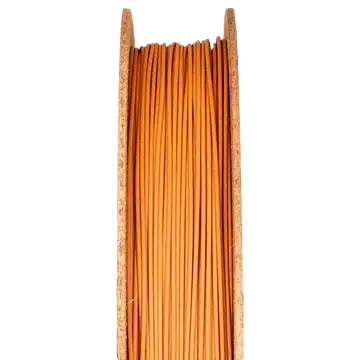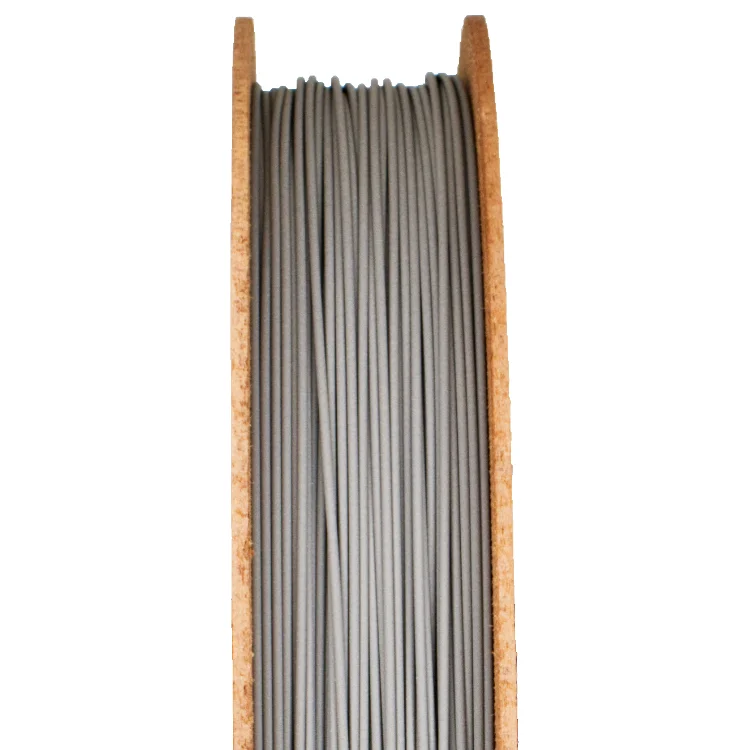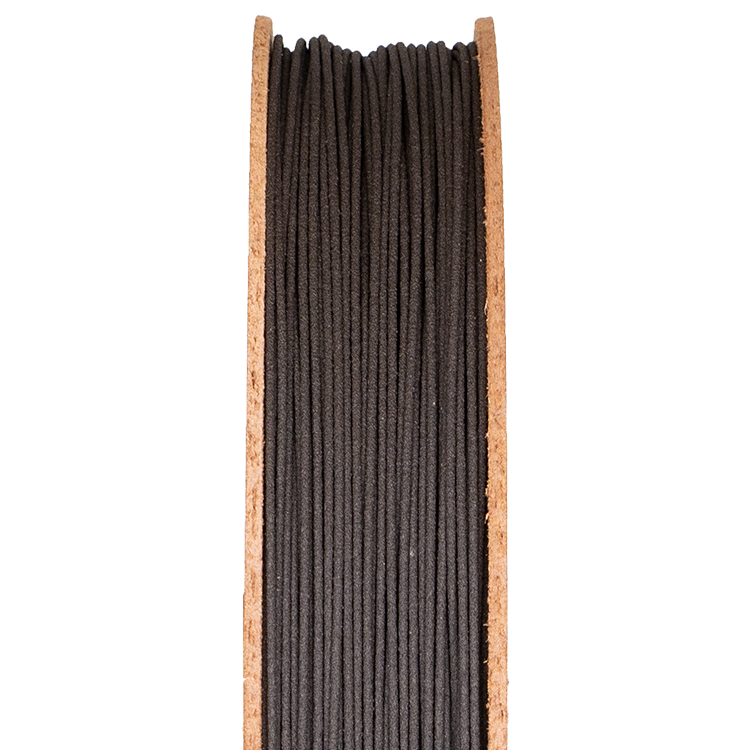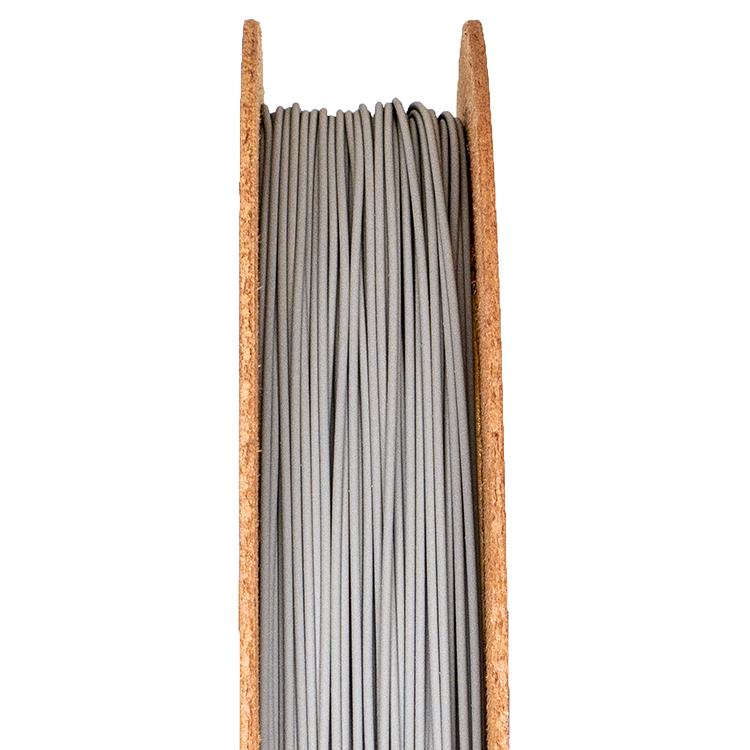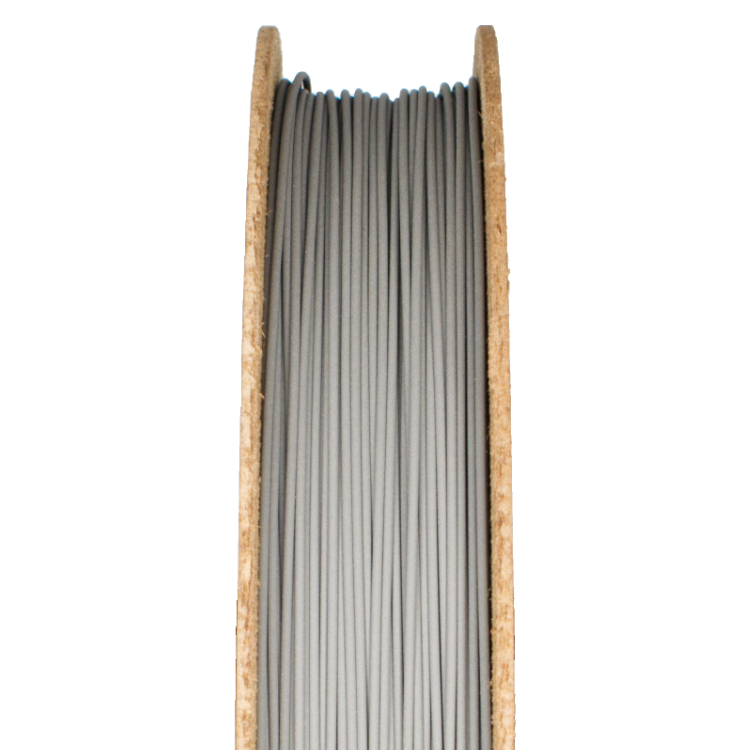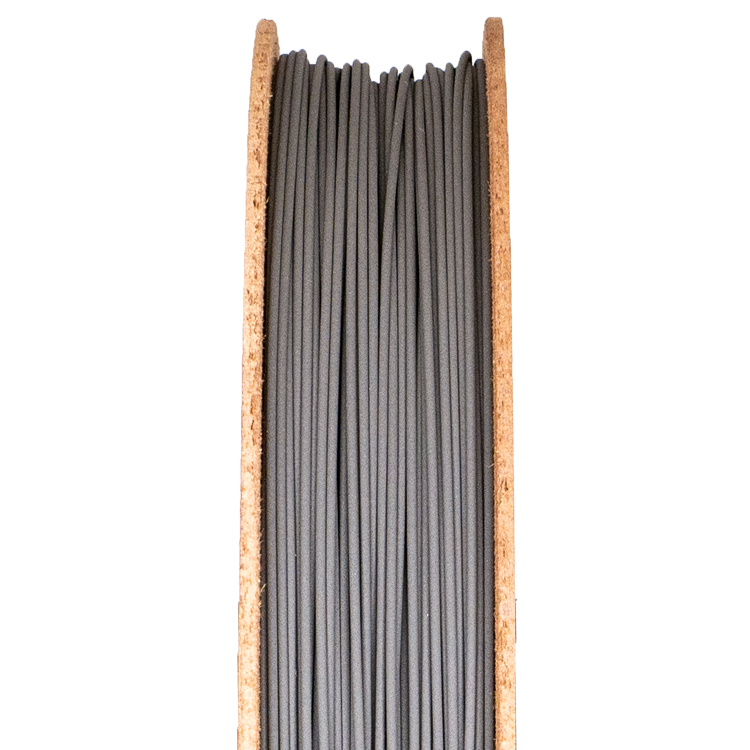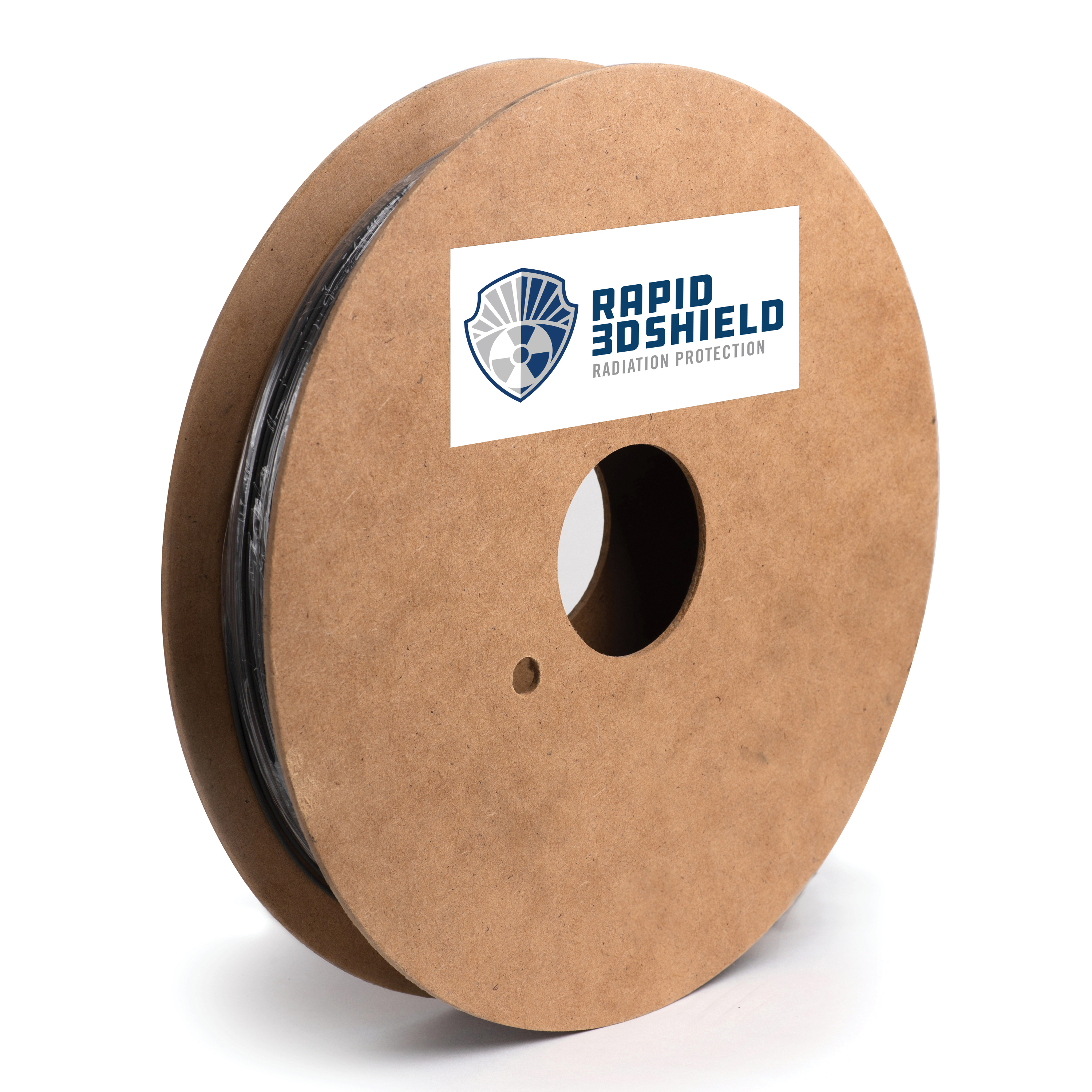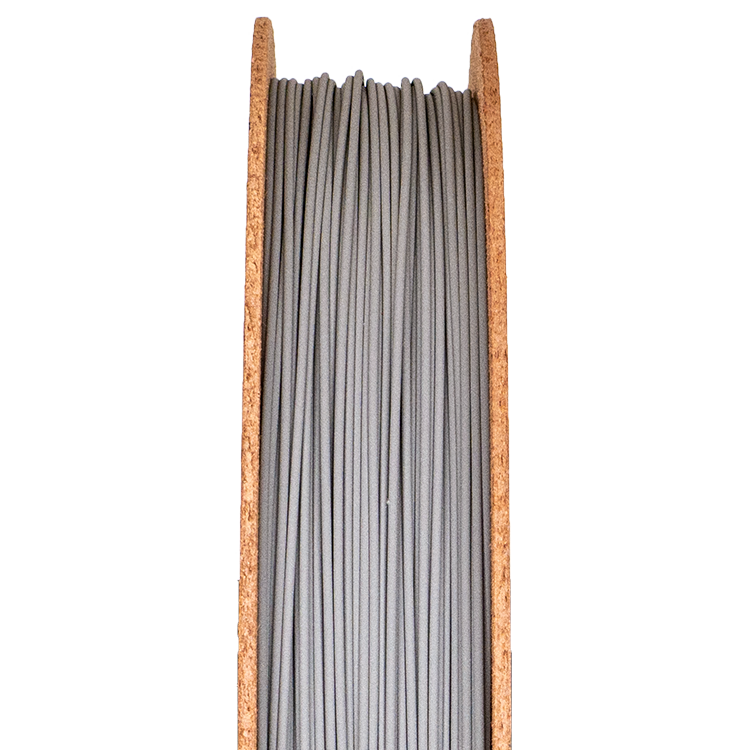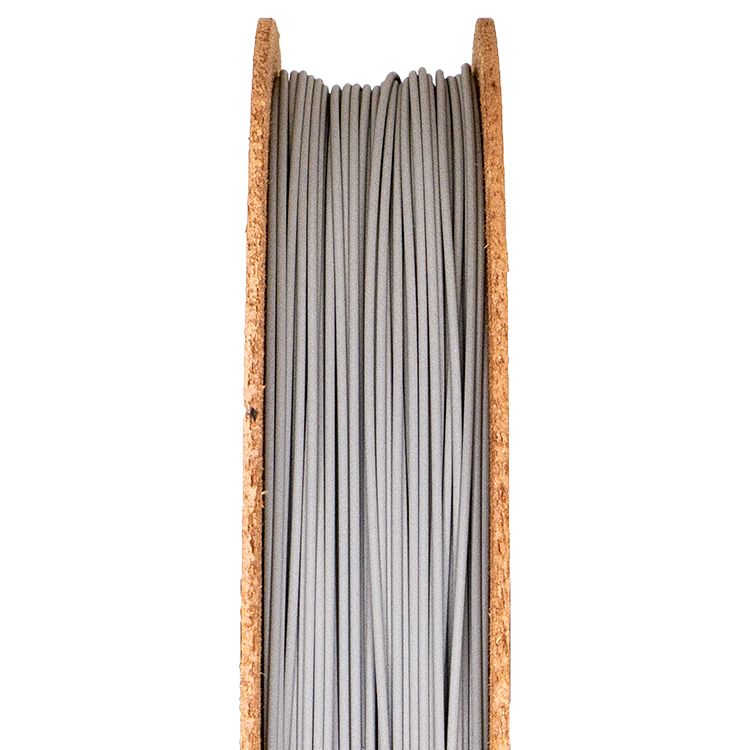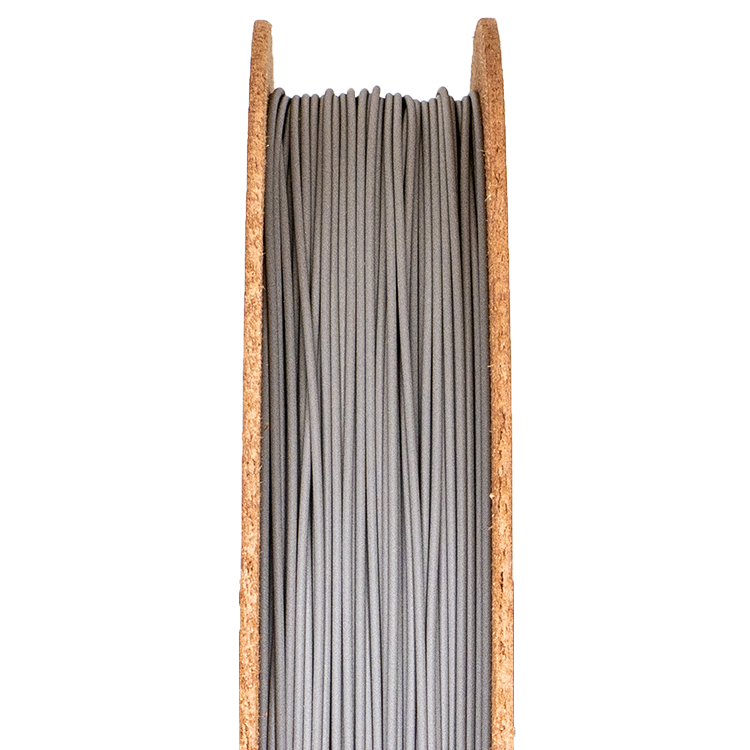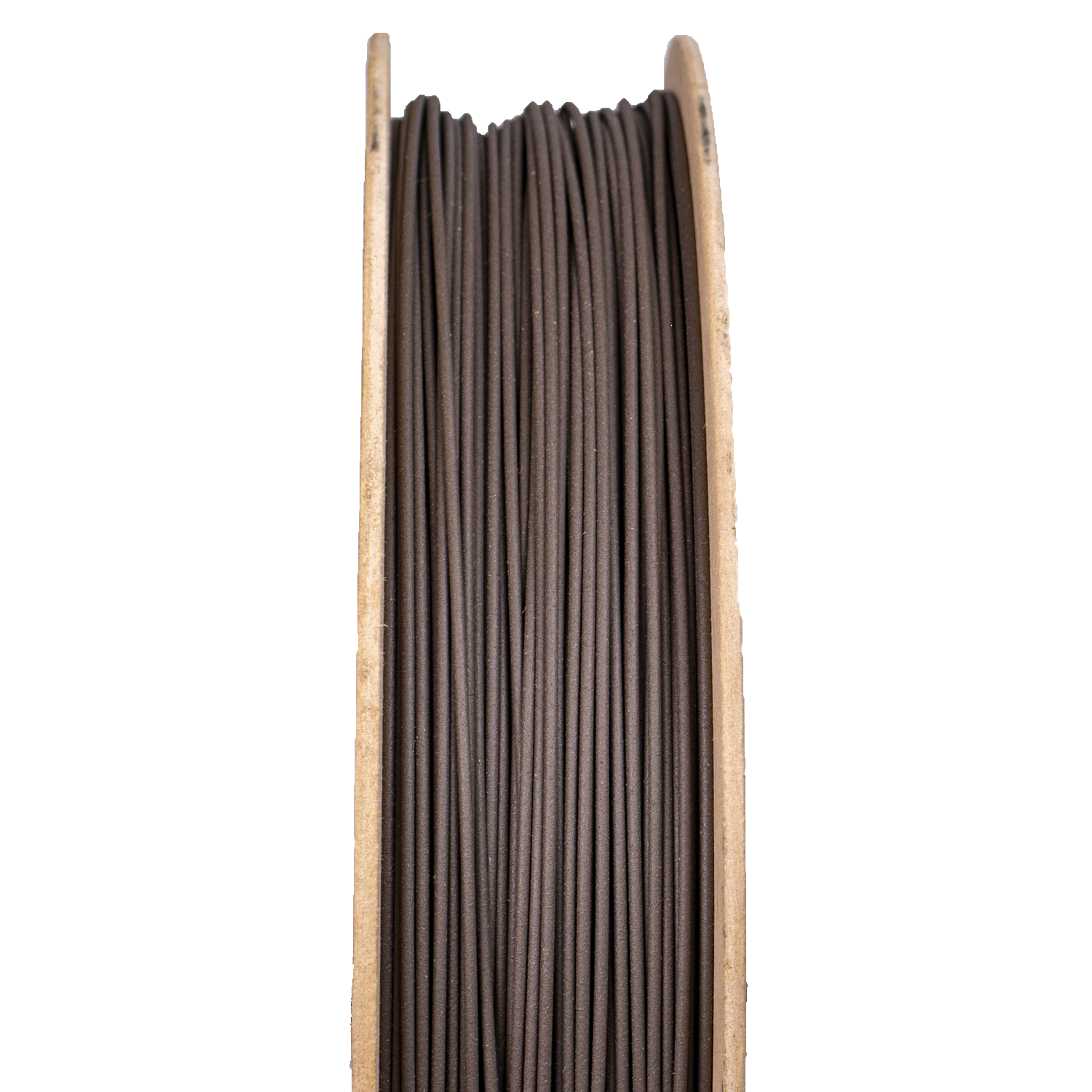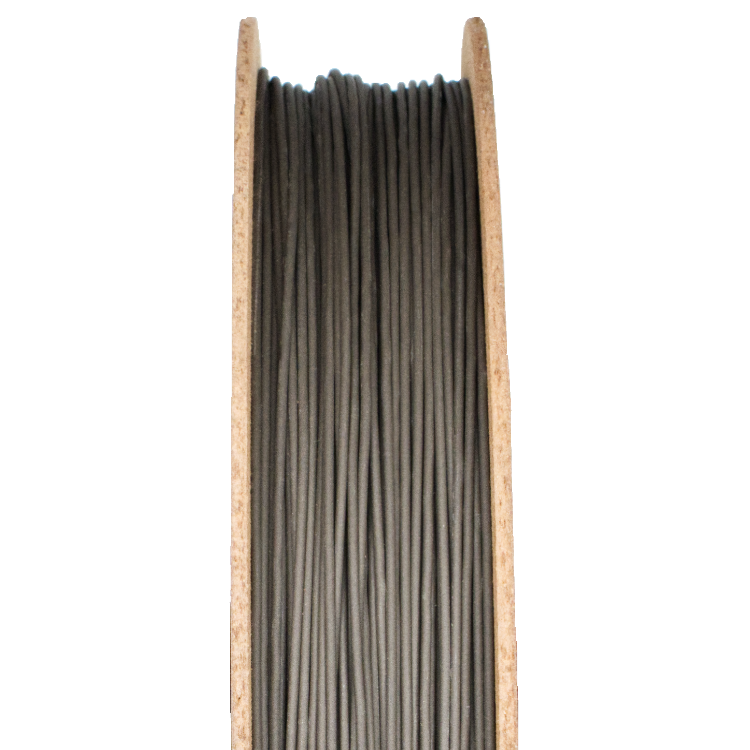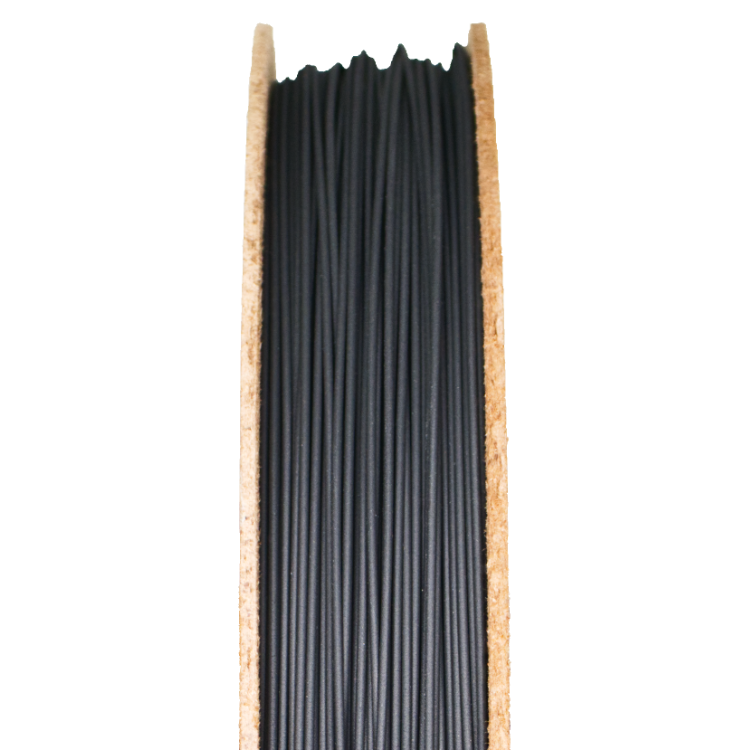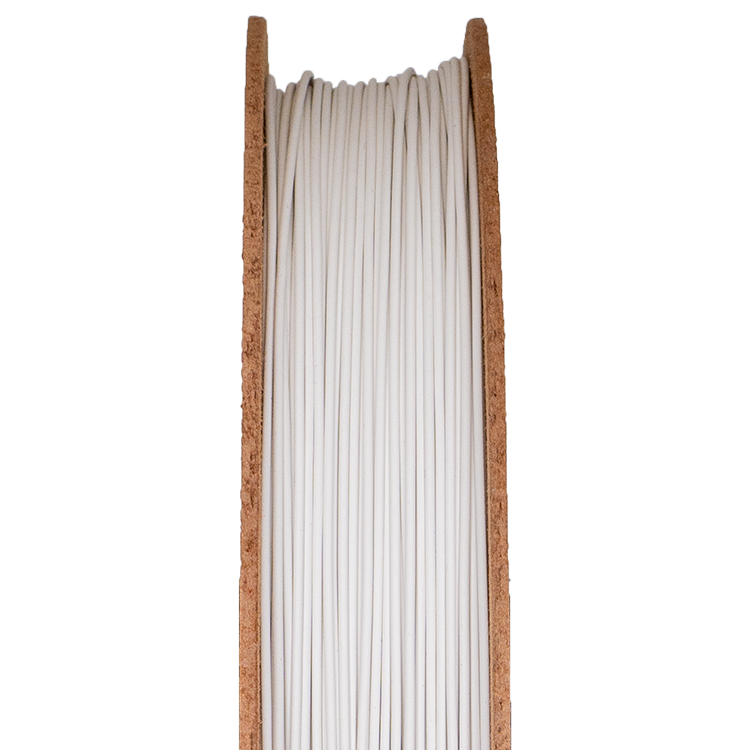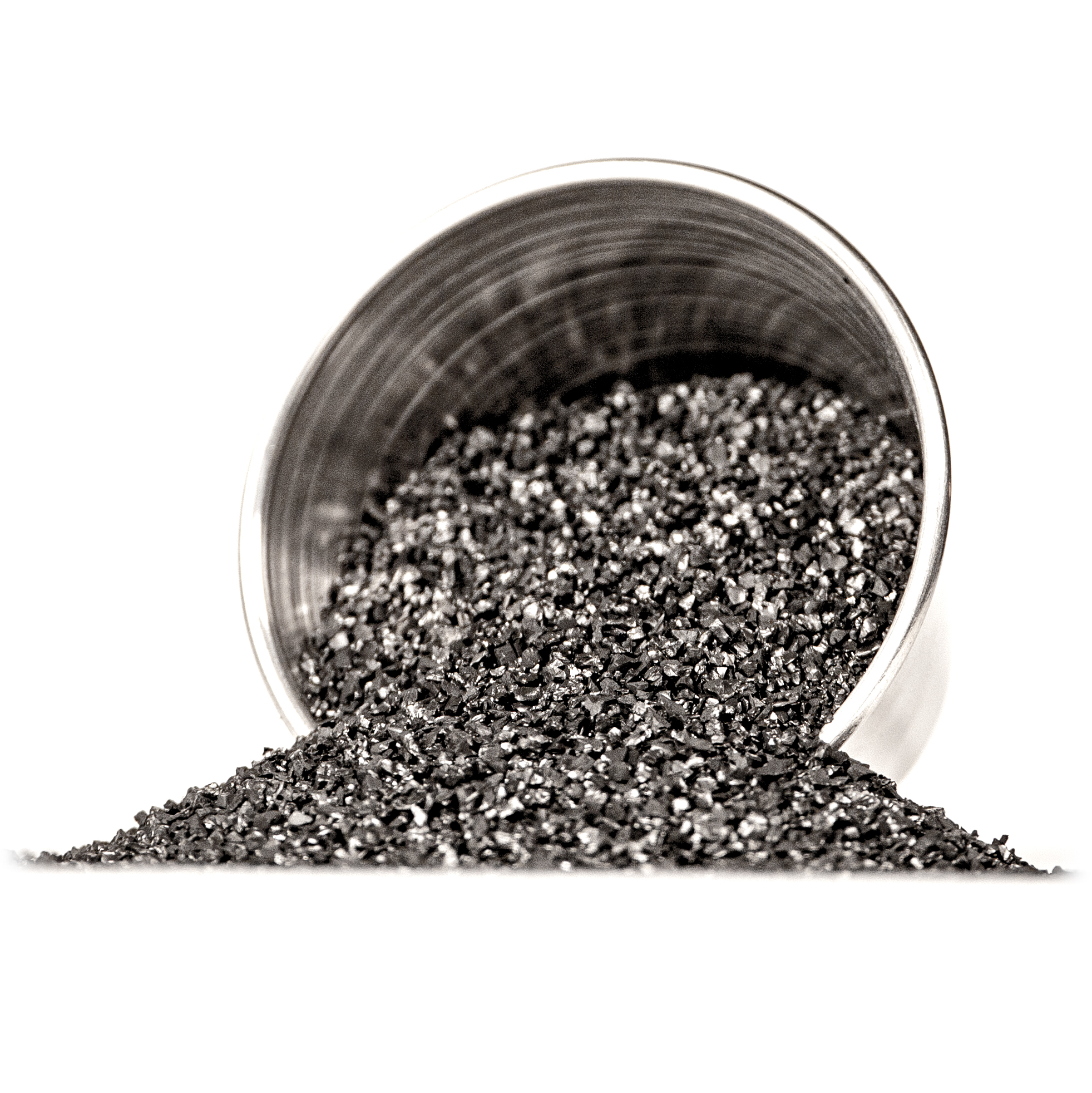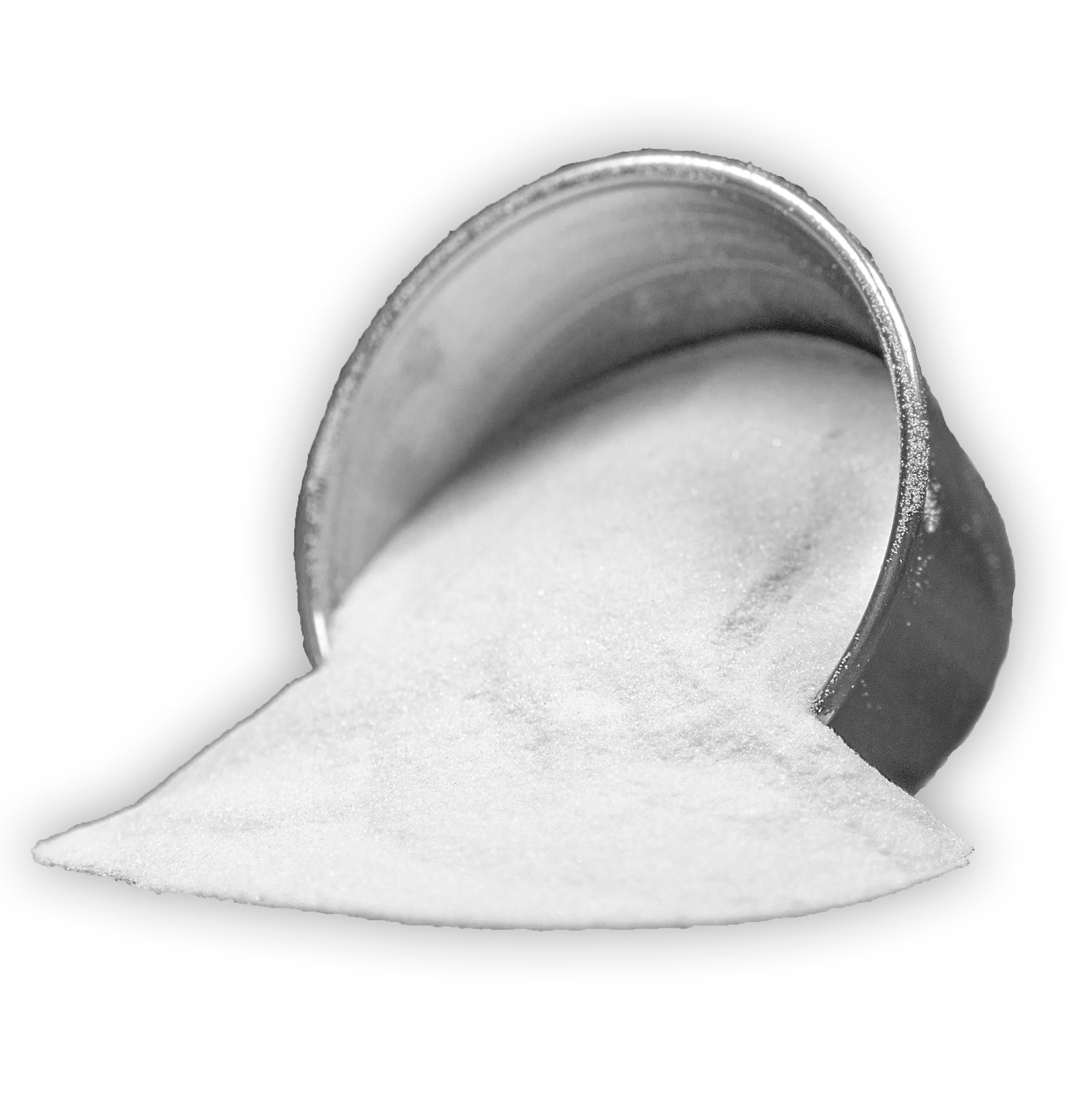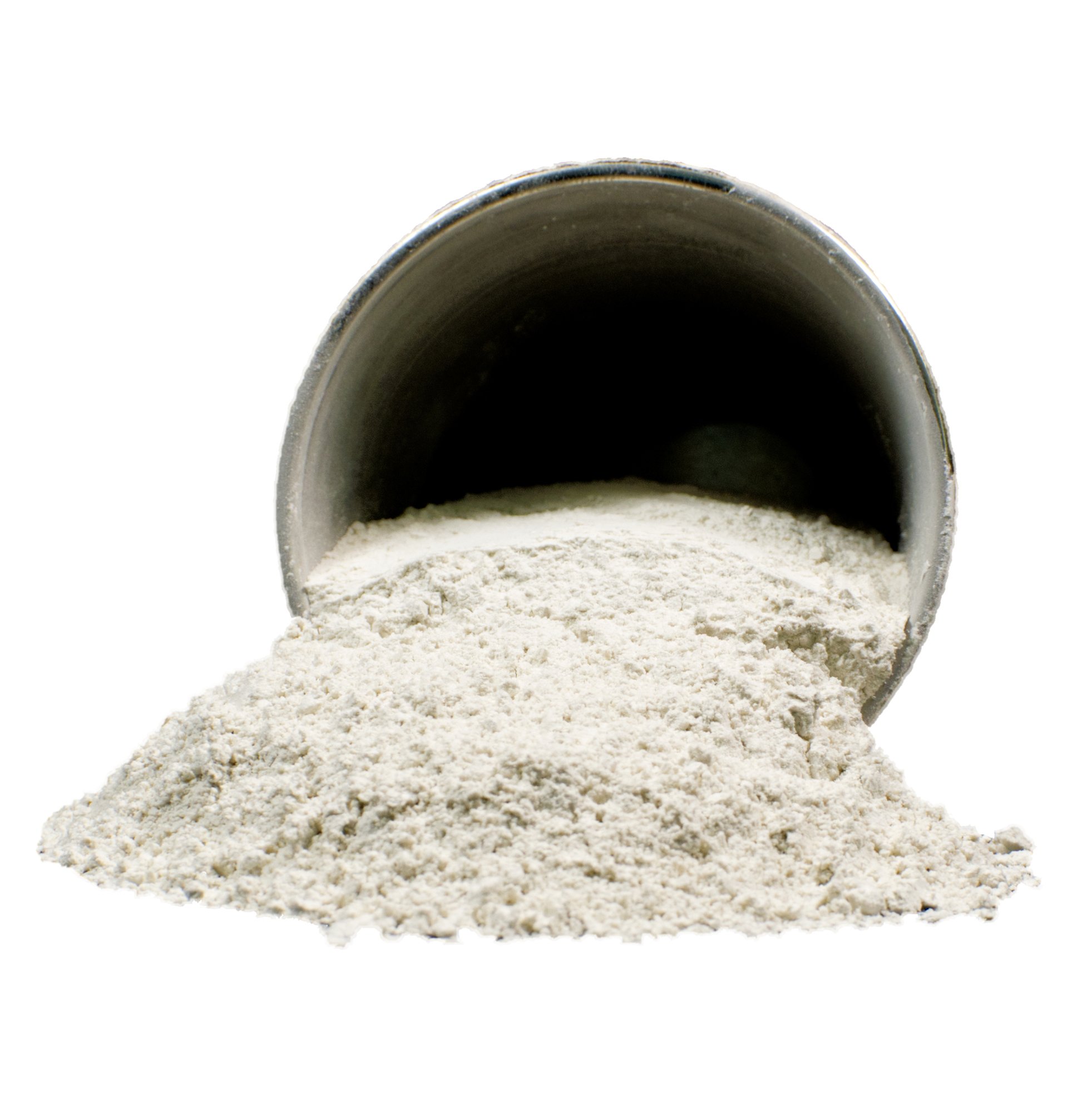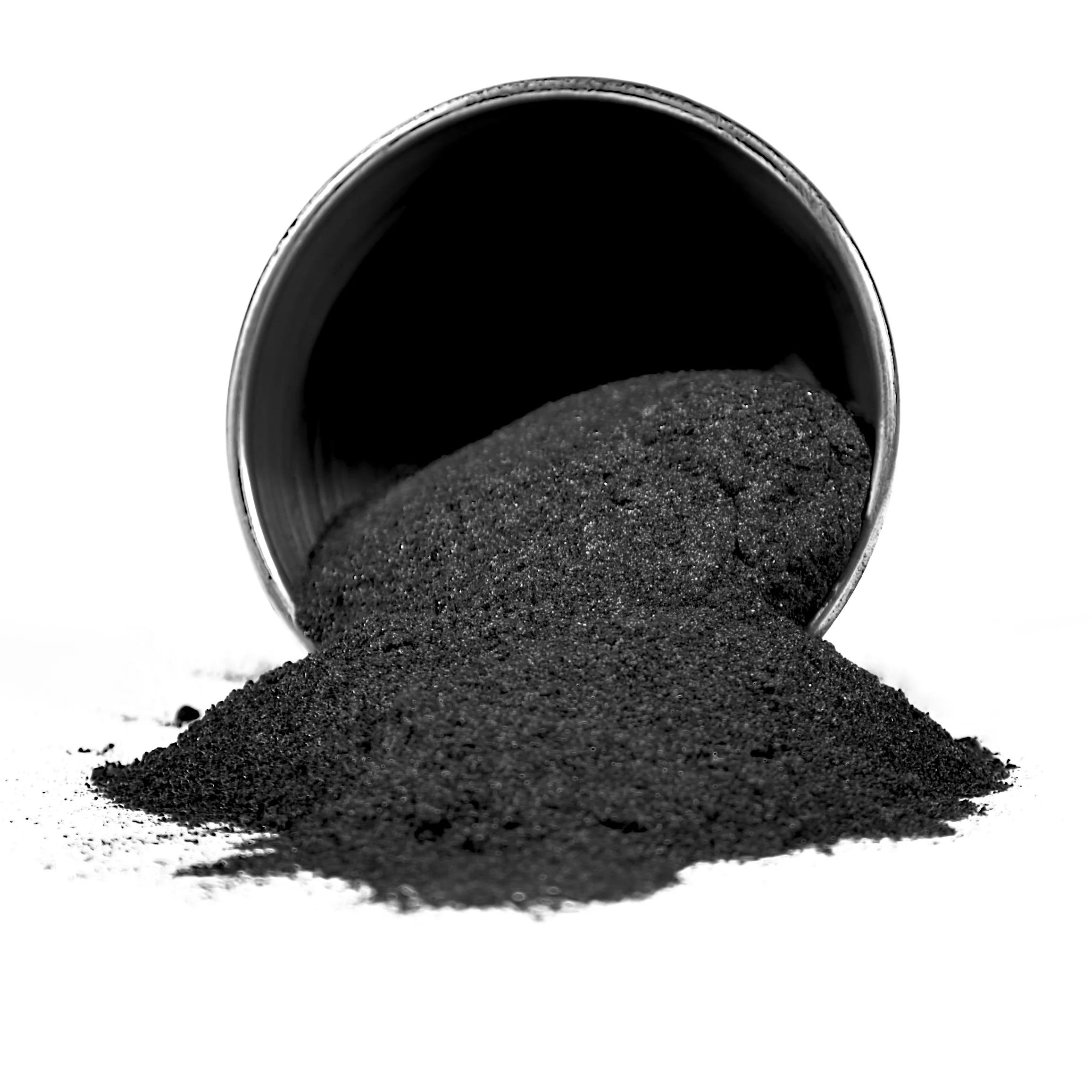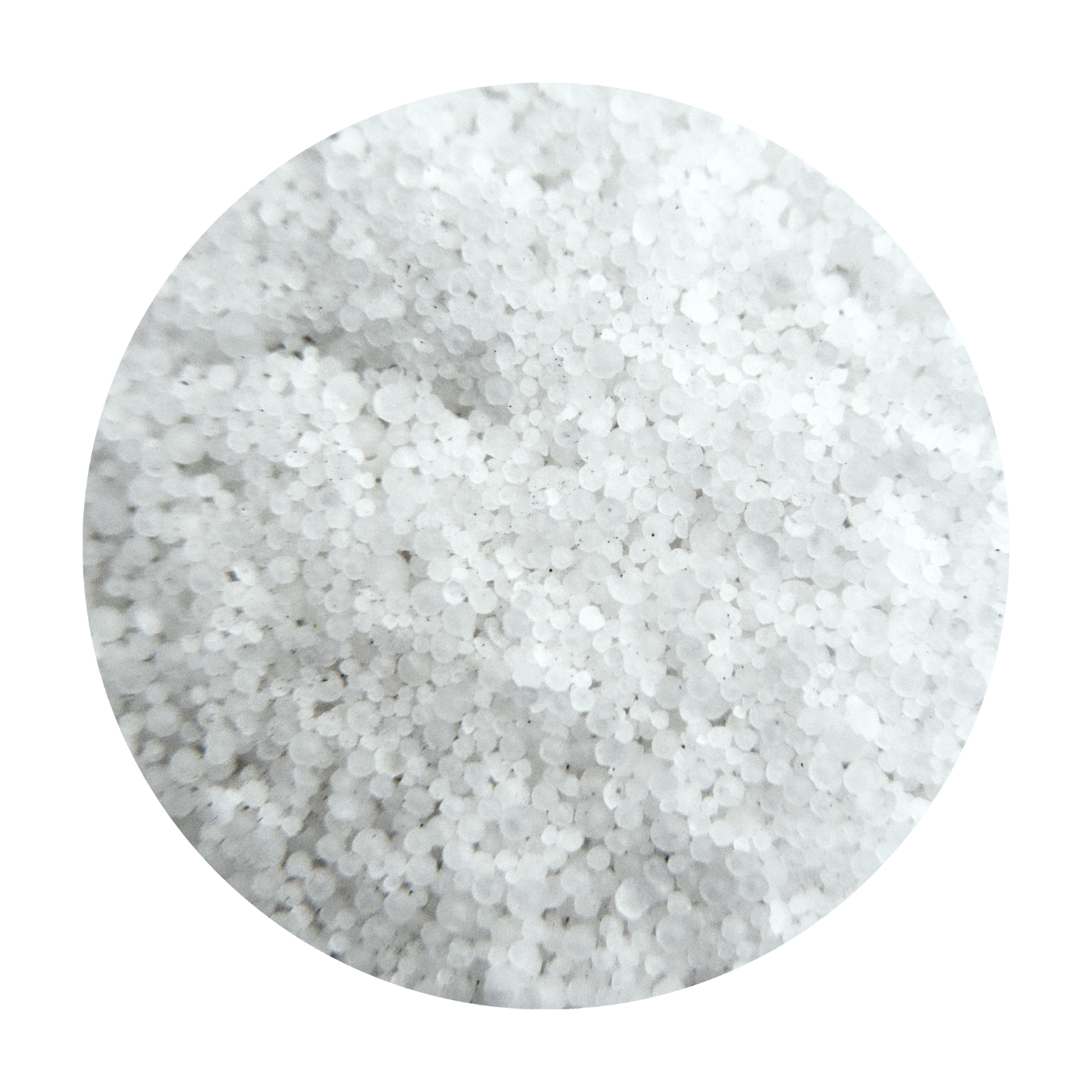Frequently Asked Questions
Are metal filament prints durable and long-lasting?
Metal filament prints are known for their durability and long-lasting properties, making them suitable for functional applications and demanding environments. Properly processed, they can withstand significant wear and stress, ensuring reliable performance over time.
What are the benefits of using metal 3D filaments?
The benefits of using metal 3D filaments include enhanced strength, durability, and heat resistance, making them ideal for functional parts and prototypes. Additionally, they allow for complex geometries and precision, which are crucial in various industrial applications.
What types of metals are used in 3D filaments?
The types of metals used in 3D filaments include stainless steel, titanium, aluminum, and bronze, each offering unique properties for various applications in metal 3D printing.
Is 3D printing with metal filament expensive?
3D printing with metal filament can be expensive due to the high cost of materials and specialized equipment required for the process. However, it offers significant advantages in terms of durability and precision, making it a worthwhile investment for many applications.
How is metal 3D filament manufactured?
The manufacturing process of metal 3D filament involves blending fine metal powders with a polymer binder, followed by extrusion to create a filament. This filament is then cooled and spooled for use in 3D printing applications.
What is the best way to prepare metal filament for printing?
The best way to prepare metal filament for printing is to ensure it is dry and free from moisture. Store it in a sealed container with desiccants and preheat the printer nozzle to the recommended temperature before use.
What are the most common metal 3D filament production methods?
The most common metal 3D filament production methods include metal injection molding (MIM), fused deposition modeling (FDM), and binder jetting, each offering distinct advantages in terms of material properties and manufacturing efficiency.
What are the benefits of using metal 3D printer filament?
The benefits of using metal 3D printer filament include enhanced strength, durability, and heat resistance, allowing for the production of high-performance parts suitable for industrial applications and precise engineering projects.
How strong are objects printed with metal filament?
Objects printed with metal filament exhibit high strength and durability, often comparable to traditionally manufactured metal parts, making them suitable for functional applications in various industries.
What types of metal filaments are available?
The types of metal filaments available include stainless steel, bronze, copper, and aluminum, each designed for specific applications in metal 3D printing, ensuring versatility and high-quality results.
What are the benefits of 3D printing with metal filament?
The benefits of 3D printing with metal filament include producing complex geometries, achieving high strength and durability, and enabling rapid prototyping with reduced material waste, making it ideal for advanced manufacturing applications.
What safety precautions are needed for metal filaments?
Safety precautions for metal filaments include wearing appropriate personal protective equipment (PPE), ensuring proper ventilation, and following the manufacturer's handling guidelines to minimize exposure to dust and fumes during printing and post-processing.
How do I choose the right metal filament?
Choosing the right metal filament involves considering factors such as the specific application, desired properties, and compatibility with your 3D printer. Evaluate the material's strength, thermal conductivity, and ease of printing to ensure optimal results.
What is the shelf life of metal filaments?
The shelf life of metal filaments typically ranges from 12 to 24 months when stored properly. To maintain their quality, keep them in a cool, dry environment, away from moisture and direct sunlight.
Can metal filaments be used for functional parts?
Metal filaments can indeed be used for functional parts, offering durability and strength suitable for a variety of applications in 3D printing.
What post-processing techniques are best for metal prints?
The best post-processing techniques for metal prints include heat treatment to relieve stress, surface polishing for improved finish, and chemical etching to enhance details. These methods ensure optimal performance and aesthetics of the final product.
How do metal filaments compare to plastic filaments?
Metal filaments differ from plastic filaments in strength, thermal resistance, and weight. While metal filaments offer enhanced durability and can withstand higher temperatures, plastic filaments are generally lighter, more flexible, and easier to print with.
What are common applications for metal 3D printing?
Common applications for metal 3D printing include aerospace components, automotive parts, medical implants, and tooling. These industries utilize metal 3D printing for its ability to create complex geometries, reduce material waste, and accelerate production timelines.
How do I troubleshoot metal filament printing issues?
Troubleshooting metal filament printing issues involves checking the printer settings, ensuring proper bed adhesion, and verifying the filament's temperature compatibility. Additionally, inspect for clogs in the nozzle and maintain a clean printing environment to achieve optimal results.
What is the environmental impact of metal filaments?
The environmental impact of metal filaments includes considerations of resource extraction, energy consumption during production, and end-of-life disposal. Sustainable practices in sourcing and recycling can mitigate these effects, promoting a more eco-friendly approach to 3D printing.
Can I mix different metal filaments in printing?
Mixing different metal filaments in printing is generally not recommended, as each filament may have unique melting points and properties that can affect print quality and structural integrity.
What are the best practices for storing metal filaments?
The best practices for storing metal filaments include keeping them in a cool, dry environment, using airtight containers to prevent moisture absorption, and avoiding exposure to direct sunlight. Proper storage helps maintain the quality and performance of the filaments.
How do I clean a 3D printer after using metal filaments?
Cleaning a 3D printer after using metal filaments involves removing any residual material from the nozzle and build plate. Use a nylon brush and isopropyl alcohol to clean the nozzle, and ensure the build plate is free of debris before the next print.
What are the challenges of printing with metal filaments?
The challenges of printing with metal filaments include higher material costs, the need for specialized equipment, and potential difficulties with adhesion and warping during the printing process, which can affect the final quality of the printed parts.
How do I ensure adhesion with metal filaments?
Ensuring adhesion with metal filaments involves using a heated print bed, applying a suitable adhesive or coating, and optimizing print settings such as temperature and speed to promote better bonding with the build surface.
What are the latest innovations in metal 3D printing?
The latest innovations in metal 3D printing include advancements in binder jetting technology, improved material formulations for enhanced strength and durability, and the integration of artificial intelligence for optimized printing processes and reduced waste.
How does temperature affect metal filament printing?
Temperature significantly influences metal filament printing by affecting the flow characteristics, adhesion, and overall print quality. Proper temperature settings ensure optimal melting and bonding, leading to successful prints and reduced defects.
What are the best brands of metal filaments?
The best brands of metal filaments include The Virtual Foundry, Markforged, and BASF, known for their high-quality materials and reliable performance in metal 3D printing applications.
Can metal filaments be recycled after use?
Metal filaments can be recycled after use. However, the recycling process may vary depending on the specific type of metal and the recycling facilities available. It's essential to consult local recycling guidelines for proper disposal and recycling options.
What is the future of metal 3D printing technology?
The future of metal 3D printing technology is promising, with advancements leading to increased efficiency, greater material options, and enhanced design flexibility, ultimately transforming manufacturing processes across various industries.
